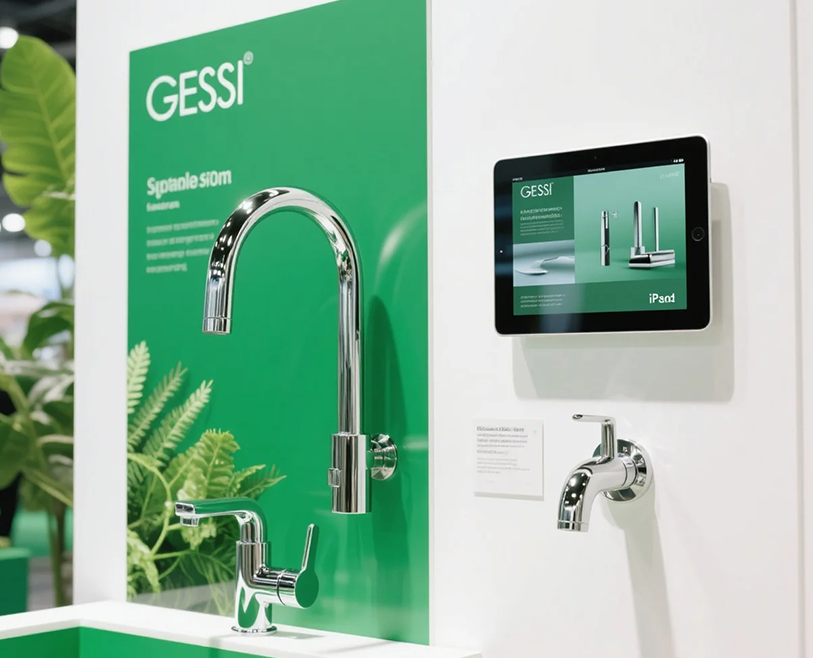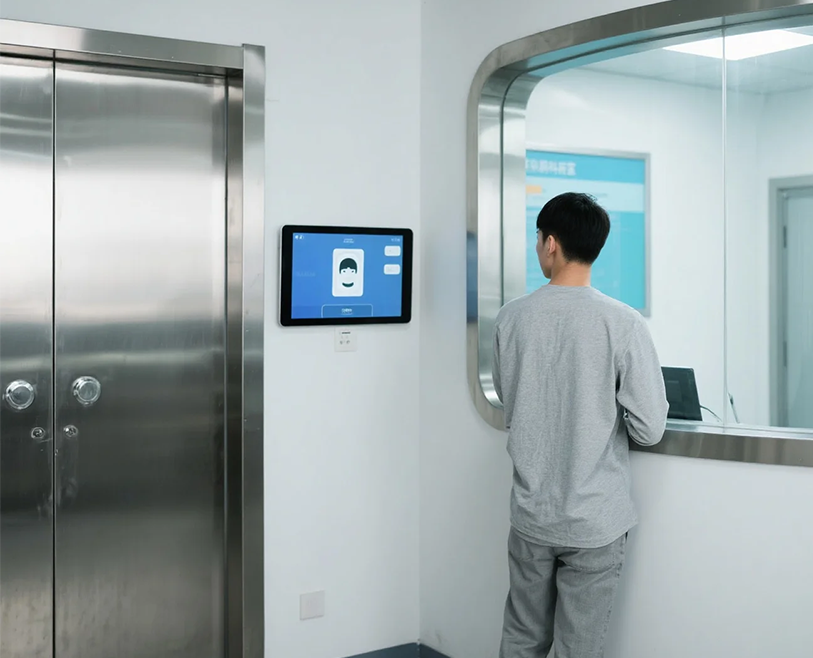操作に適したモニターを選択すると、生産性とシステムの信頼性に大きな影響を与える可能性があります. 産業用グレードと消費者グレードのモニターは一見似ています, しかし、それらは非常に異なる環境のために構築されています. 間違ったタイプを選択すると、頻繁に失敗する可能性があります, 費用のかかるダウンタイム, 効率の低下. この記事では、重要な違いについて説明します, 利点, そして、あなたが十分な情報に基づいた決定を下すのに役立つ各タイプの制限.
産業用グレードのモニターとは何ですか?
産業用グレードのモニターは、信頼性と耐久性が重要な環境を厳しくするために特別に設計されています. これらのモニターは工場で使用されます, 倉庫, 公共交通機関, 医療機器, コントロールルーム, キオスク, 屋外のデジタルサイネージ.
産業グレードモニターの長所と短所
長所:
- 耐久性と信頼性: 産業モニターは、極端な温度のような過酷な条件に耐えるために構築されています, ほこり, 振動, 偶発的な流出さえ.
- 寿命を延ばします: 多くのモデルが評価されています 50,000 に 70,000 営業時間, 消費者よりも大幅に長い.
- 専門的な機能: オプションには、高輝度パネルが含まれます, 日光が読みやすいディスプレイ, マルチタッチサポートを備えたタッチスクリーンインターフェイス, カスタマイズ可能な取り付けオプション.
- 連続動作: これらのモニターは実行できます 24/7 パフォーマンスの劣化なし, コントロールルームや自動化された生産ラインに不可欠です.
短所:
- より高いコスト: 工業用モニターは、堅牢な設計により高価です, 認証, および品質管理.
- 限られた審美的な種類: 消費者モデルとは異なります, 産業モニターは、洗練されたデザインではなく機能に焦点を当てています.
- 複雑な構成: 産業モニターを統合するには、特別な知識が必要になる場合があります, 特にPLCまたはSCADAシステムと組み合わせる場合.
消費者グレードのモニターとは何ですか?
消費者グレードのモニターは、毎日の個人またはオフィスでの使用のために設計されています. 彼らはしばしば高解像度を強調します, HDRやゲームのリフレッシュレートなどのマルチメディア機能. 典型的なユースケースには、オフィスのデスクトップが含まれます, ゲームのセットアップ, 個人的な娯楽, グラフィックデザインやソフトウェア開発のような軽いプロフェッショナルな仕事.
消費者グレードのモニターの長所と短所
長所:
- 費用対効果が高い: 彼らは広く手頃な価格で、標準的なオフィスや家庭環境に適しています.
- 高解像度オプション: 多くのモデルは4Kディスプレイを提供しています, 鮮やかな色, マルチメディアアプリケーションの高いリフレッシュレート.
- デザインの多様性: なめらか, スリムベゼルとモダンな美学は個人的および企業環境に対応しています.
- 簡単なセットアップ: 標準のPCおよびラップトップとのプラグアンドプレイ接続は、簡単でユーザーフレンドリーです.
短所:
- 限られた耐久性: ほこりの影響を受けやすい, 水分, 温度変動, そして大まかなハンドリング.
- 寿命が短い: 集中的または継続的な使用は、パフォーマンスの低下につながる可能性があります.
- 産業的特徴が少ない: アンチグレアコーティングの不足, 日光の読みやすさ, IP保護, または強化されたタッチテクノロジー.
- 過酷な環境には適していません: 高い振動領域, 屋外操作, または、頑丈な産業プロセスは、消費者モニターを簡単に損傷する可能性があります.
産業用グレードのモニターと消費者グレードのモニターのコアの違い
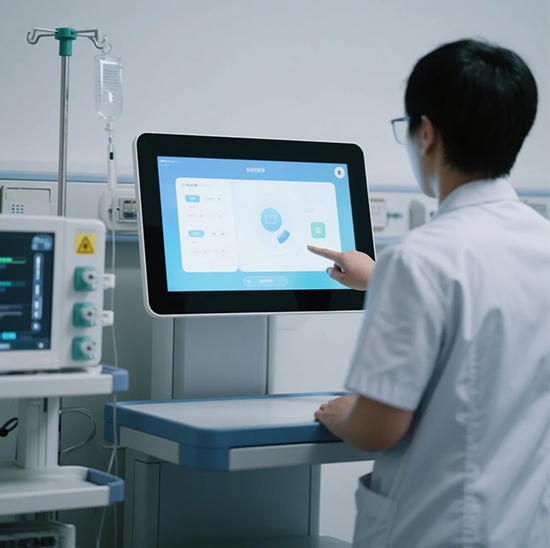
クイックリファレンスのためのまとめです:
| 特徴 / パラメータ | 産業用グレードモニター | 消費者グレードモニター | ノート / 参照 |
| 画面サイズ | 15–24インチ典型 | 21–27インチ共通 | 産業用モニターは、多くの場合、統合のためのコンパクトなサイズを持っています |
| パネルタイプ | IPS / tft | IPS / TN / バージニア州 | IPSは、広い視野角と色の安定性を好む |
| 解決 | 1080p (フルHD) 標準 | 1080p / 4k共通 | 産業は、設計作業のために超高解像度を強調することはめったにありません |
| 住宅資料 | アルミニウム合金またはステンレス鋼 | プラスチック | 耐久性と耐衝撃性を提供します |
| フロントパネルの保護 | IP65 (ほこり & 耐水性) | なし / 最小限 | 工業用モニターは水で洗浄できます |
| ショック & 振動 | IEC 60068-2-27 (ショック), IEC 60068-2-6 (振動) | 認定されていません | 工場の床やモバイル機械にとって重要です |
| 動作温度 | -20°C〜 +70°C | 0°C〜 +35°C | 広い温度範囲により、環境が厳しい使用が可能になります |
| 保管温度 | -30°C〜 +80°C | 0°C〜 +50°C | 消費者は、極端な条件では評価されていません |
| 輝度 | 屋内400以上, 屋外1000以上 | 250–350 nits | 日光の読みやすさに必要な高輝度 |
| コントラスト比 | 800:1 - 1000:1 典型的な | 700:1 - 1000:1 | 消費者ディスプレイの強調がわずかに低くなっています |
| 視野角 | 170°h / 160°V | 160°h / 160°V | 産業モニターは、多くの場合、角度で色の安定性を維持します |
| タッチ式 | 投影された容量性または抵抗 | 容量性 (指だけ) | 産業は手袋をサポートします & ウェットハンド操作 |
| タッチポイント | 5–10マルチタッチ | 2–5マルチタッチ | 制御システム向けに最適化された産業用マルチタッチ |
| 営業時間 | 24/7 連続 | 8–10時間/日 | 24時間体制の使用のために設計されています |
| 寿命 / MTBF | 50,000–70,000時間 | 20,000–40,000時間 | 寿命が長くなると、交換頻度が減少します |
| 入力インターフェイス | HDMI, ディスプレイポート, VGA, RS232, RS485, gpio | HDMI, ディスプレイポート, USB-C | 産業インターフェイスには、レガシーと制御シグナルが含まれます |
| 電圧範囲 | 9–36V DC幅の範囲 | 110–240V AC標準 | 多くの場合、産業システムにはDC電力が必要です |
| 取り付けオプション | VESA, パネルマウント, ラックマウント | スタンドマウント, 限られたvesa | 組み込みシステムの産業柔軟性 |
| 価格 (米ドル) | $1,000 - $ 1,500典型 | $200 - 典型的な350ドル | 頑丈さと認証コストを反映しています |
| メンテナンス / 交換 | 低い, 最小限のダウンタイム | 過酷な環境で使用する場合は高 | 消費者の画面は、産業ストレスの下でより速く失敗します |
デザインと構造
工業用モニターは、アルミニウム合金やステンレス鋼などの堅牢な金属製ハウジングを備えています, 強化フロントパネル, およびアンチグレアコーティング. 多くのモデルは、ほこりや耐水性のIP65基準を満たしています, 厳しい環境に適したものにします. 対照的に, 消費者モニターは、主にプラスチックベースです, ほこりや流出に対する保護が最小限である, 耐久性よりも美学に焦点を当てています.
耐久性と信頼性
産業モニターは、IECに沿った振動やショックに耐えるように設計されています 60068-2-6 (振動) とIEC 60068-2-27 (ショック) 基準. 多くの場合、-20°Cから +70°Cの間で確実に動作します, MTBFで (失敗の間の平均時間) 評価を超える評価 50,000 時間. 消費者モニターは通常、認定された振動抵抗なしで0°Cから35°Cで動作します.
営業時間と寿命
産業モニターは、継続用に設計されています 24/7 手術, 生産ラインの安定した性能を確保します, コントロールルーム, または屋外キオスク. 彼らの長い寿命, 多くの場合、50,000〜70,000時間, ダウンタイムとメンテナンスコストを削減します. 消費者モニターは、毎日の使用が限られていることを目的としています, 通常、1日8〜10時間, 20,000〜40,000時間の合計運用寿命, 産業用グレードの継続的な操作に適さないようにします.
明るさと可視性
屋内産業用アプリケーション用, 輝度レベルは400 nits以上から始まります, 屋外モニターには、日光の読みやすさのために≥1000ニットが必要です. 消費者モニターは通常、250〜350ニットを提供します, 明るいまたは屋外の環境に適さないようにします.
インストールとインターフェイス
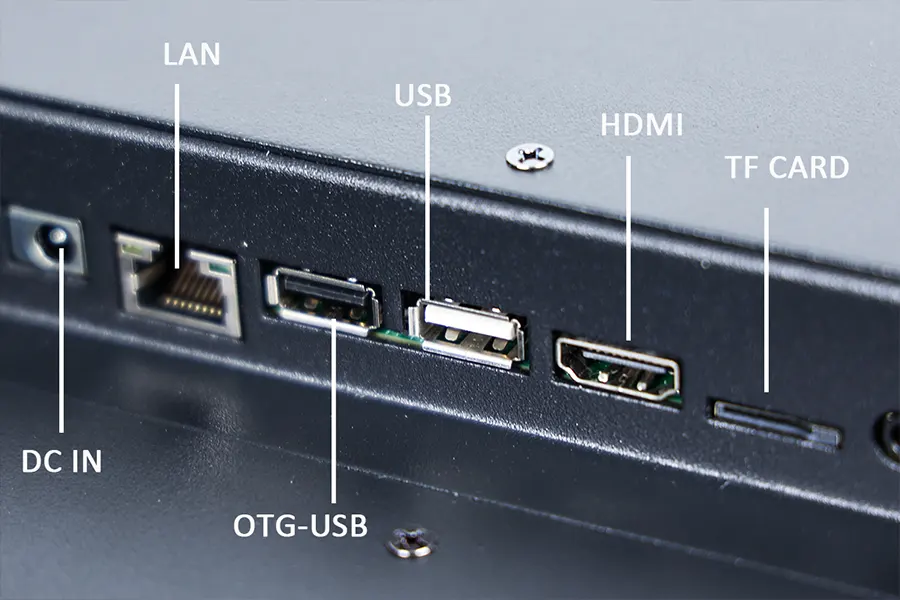
Industrial Monitorsは、柔軟な取り付けオプションを含む VESA, 開いたフレーム, 埋め込み, またはラックマウント. また、HDMIなどの複数の産業インターフェイスも提供します, ディスプレイポート, VGA, RS232/RS485, そして時々gpio. 消費者モニターは主にHDMIを提供しています, ディスプレイポート, またはUSB-C, 取り付け柔軟性が限られています.
タッチおよび入力オプション
産業用タッチスクリーンは、手袋をはめたまたはウェットハンド操作をサポートする予測容量性または抵抗技術を使用することがよくあります. 消費者タッチスクリーンはめったに手袋をサポートせず、水分下でパフォーマンスが低下しやすい傾向があります.
料金
仮定:
- 使用期間: 5 年
- 消費者モニター価格: $300
- 産業モニター価格: $1,200
- 消費者モニターの寿命: 産業条件では〜1。5〜2年
- 失敗あたりのダウンタイム損失: $1,000
消費者モニターの総コスト:
総コスト= (消費者モニター価格×交換数) + (障害あたりのダウンタイム損失×障害数
例:
総コスト=($300×3)+($1000×1)= $ 1,900
産業モニターの総コスト:
総コスト=産業モニター価格+最小限のダウンタイムコスト
例:
総コスト= $ 1,200+$0≈1,200
これは明確にそれを示しています, 前払いコストが高いにもかかわらず, 産業モニターは、厳しい環境でより費用対効果が高くなります.
環境に適したモニターを選択します
適切なモニターを選択することは、主に運用環境に依存します, 使用強度, およびアプリケーション要件. ここにいくつかの重要な考慮事項があります:
- 環境: モニターがほこりにさらされる場合, 湿度, 極端な温度, または振動, 産業用グレードが不可欠です. オフィスまたはホーム環境用, 消費者モニターで十分です.
- 使用時間: 継続的な動作 24/7 監視には産業グレードが必要です. 消費者モニターは、毎日8〜10時間の使用に適しています.
- タッチ機能: 工業用タッチスクリーンは、手袋や湿気でも精度を提供します, これは工場や医療施設で不可欠です. 消費者タッチモニターは、これらの条件下で苦労する可能性があります.
- 長寿と予算: 総所有コストを検討してください. 産業モニターは、より高価ですが、長持ちします, 消費者モニターは、より頻繁な交換が必要になる場合があります.
- コンプライアンスと認定: 産業モニターは、CEなどの認定を満たす場合があります, ul, またはIP評価, 規制された環境での安全性と信頼性を確保します.
信頼できる産業モニターについては、Touchwoを検討してください
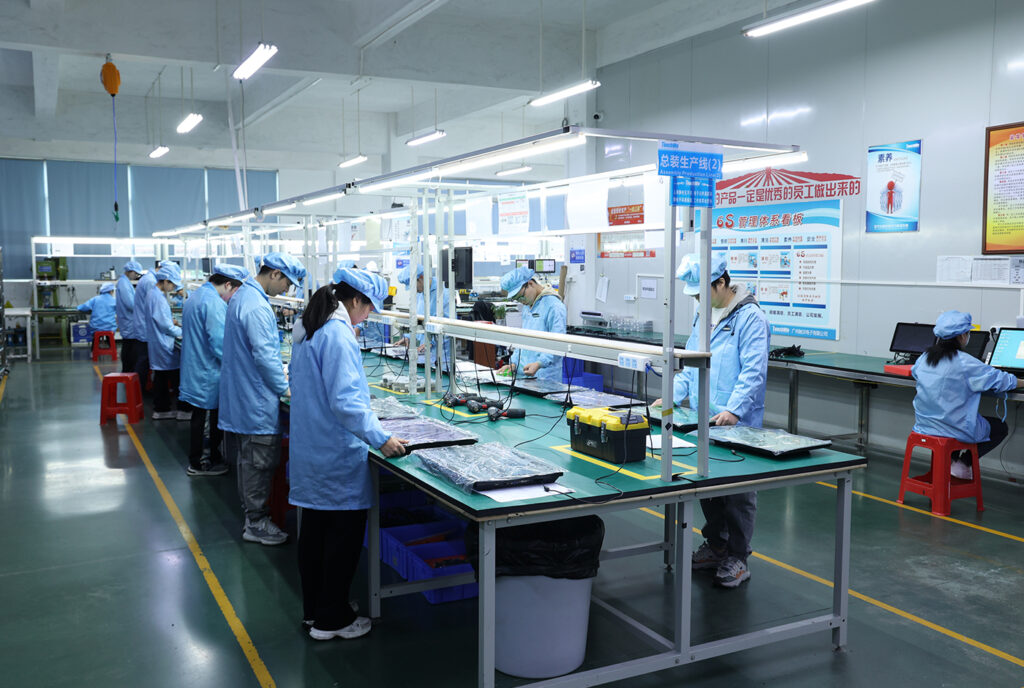
以来 2009, タッチウォー 高品質の産業用タッチスクリーンの提供に焦点を当てており、産業自動化などの業界全体でコンピューターをタッチする, 健康管理, おもてなし, およびセルフサービス. ワンストップソリューションは、OEMサービスとODMサービスの両方をカバーしています, 運用上のニーズに合わせてデバイスをカスタマイズできるようにします. 強力な製造能力を誇っています, までの生産 200,000 毎年ユニット, 高い基準の信頼性と耐久性を維持しながら、大規模な産業需要を満たすのに十分. 私たちと提携してください あなたの操作に信頼できるものを装備します, 高性能産業タッチソリューション.

